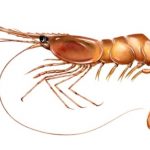Tag Archives: predators
Predators take big bite out of declining Atlantic mackerel population
 Predators ate at least twice as many Atlantic mackerel as commercial fishery landings in the decade leading up to Canada’s region-wide moratorium, according to new research by Canadian and American scientists. The study also found seals are a major predator, lending credence to what many fishermen have long claimed. The modelling study was published this month by the federal Fisheries Department and the Canadian Science Advisory Secretariat. The top predators were gannets, grey seals, dogfish and bluefin tuna. In the most conservative estimate, predators removed between 21,000 and 29,000 tonnes annually between 2012 and 2021 — at least two times greater than Canadian commercial landings reported as 11,000 tonnes per year. more, >>CLICK TO READ<< 12:26
Predators ate at least twice as many Atlantic mackerel as commercial fishery landings in the decade leading up to Canada’s region-wide moratorium, according to new research by Canadian and American scientists. The study also found seals are a major predator, lending credence to what many fishermen have long claimed. The modelling study was published this month by the federal Fisheries Department and the Canadian Science Advisory Secretariat. The top predators were gannets, grey seals, dogfish and bluefin tuna. In the most conservative estimate, predators removed between 21,000 and 29,000 tonnes annually between 2012 and 2021 — at least two times greater than Canadian commercial landings reported as 11,000 tonnes per year. more, >>CLICK TO READ<< 12:26
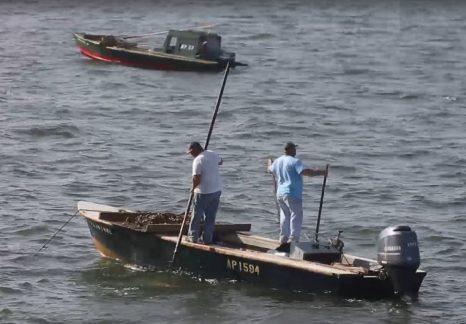
SHELL GAME
Saving Florida’s oysters is a shell game. The right answer is under three domes. Try to follow while the cups whizz by, shifting, swirling. Shell 1: An empty oyster bay. Unemployment. Poverty. But also history. Culture. Shell 2: A slick farming industry that could render the Florida oysterman finally, permanently extinct. Shell 3: The government, doling out money and regulations that might do more harm than good. In a place where everybody’s livelihood is yoked to the water, you have to follow the shells. T.J. Ward was born the year after his grandfather had the throat cancer surgery. T.J. never heard his natural voice. The seaman’s single clap would cut through the salt air on the docks of Apalachicola louder than words could. >click to read<15:00
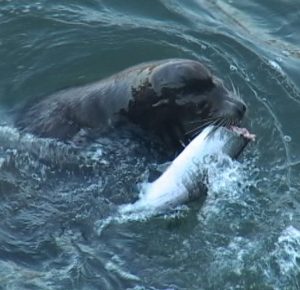
Letter: Predators prevent salmon, southern resident orca recovery
Seal and sea lion population explosions along the West Coast and particularly in our Salish Sea region have corresponded with the declines of salmon and steelhead runs. Per recent reports from the Puget Sound Institute, these mammals take six times as many Chinook as tribal, recreational and commercial fishers combined in Puget Sound alone. That doesn’t even include predation by birds, fish, whales and other animals.,, H.R. 2083 (the Endangered Salmon and Fisheries Predation Act) seeks further control of California sea lion populations in the Columbia River. >click to read< 10:24
Louisiana’s crab bans spurred by changes in climate and habitat
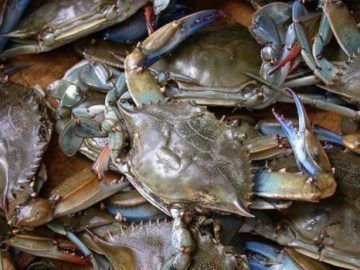 South Louisiana’s blue crab population is on the decline, pummeled by environmental and man-made threats. Increased trapping, less rainfall, no recent hurricanes, wetlands loss, predators, oil spills, closing of the Mississippi River-Gulf Outlet Canal and river-water diversions have taken their tolls. In response, Louisiana’s Wildlife and Fisheries Commission last summer decided to ban crabbing and trap use for thirty days, starting on February 20 of this year.,, The state’s diversions of Mississippi River water to fend off oil from the BP spill, and separately as a way to rebuild wetlands, have pushed crab larvae and babies into the sea where predators loom, Lively said. At this point, it’s unclear which factors are most to blame for a decline in the state’s blue crabs, Jeffrey Marx, LDWF marine biologist and crab program manager, said last week. Less rainfall and ongoing predation on crabs are negatives, he noted. Predators include red and black drum, sea catfish, sheepshead and spotted sea trout. (very interesting) Read the article here 17:47
South Louisiana’s blue crab population is on the decline, pummeled by environmental and man-made threats. Increased trapping, less rainfall, no recent hurricanes, wetlands loss, predators, oil spills, closing of the Mississippi River-Gulf Outlet Canal and river-water diversions have taken their tolls. In response, Louisiana’s Wildlife and Fisheries Commission last summer decided to ban crabbing and trap use for thirty days, starting on February 20 of this year.,, The state’s diversions of Mississippi River water to fend off oil from the BP spill, and separately as a way to rebuild wetlands, have pushed crab larvae and babies into the sea where predators loom, Lively said. At this point, it’s unclear which factors are most to blame for a decline in the state’s blue crabs, Jeffrey Marx, LDWF marine biologist and crab program manager, said last week. Less rainfall and ongoing predation on crabs are negatives, he noted. Predators include red and black drum, sea catfish, sheepshead and spotted sea trout. (very interesting) Read the article here 17:47
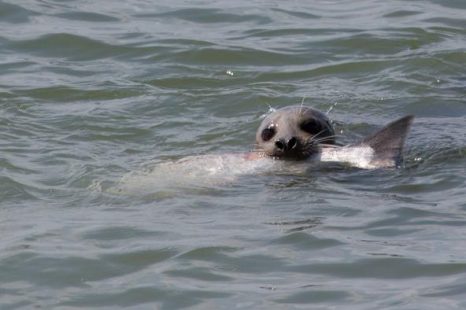
Study says predators may play major role in chinook salmon declines
A new study shows that increased populations of seals and sea lions are eating far more of Puget Sound’s threatened chinook than previously known, potentially hampering recovery efforts for both salmon and endangered killer whales. Seals and sea lions are eating about 1.4 million pounds of Puget Sound chinook each year — about nine times more than they were eating in 1970, according to the report, published online this month in the Canadian Journal of Fisheries and Aquatic Sciences. Most of these chinook are small fish migrating to the ocean, which ultimately reduces the number of adults returning to Puget Sound. The study estimates that seals and sea lions are decreasing potential returns by about 162,000 adult chinook each year. That’s twice the number eaten by killer whales and roughly six times as many as caught in Puget Sound by tribal, commercial and recreational fishers combined. Read the rest of the story here 21:16



































